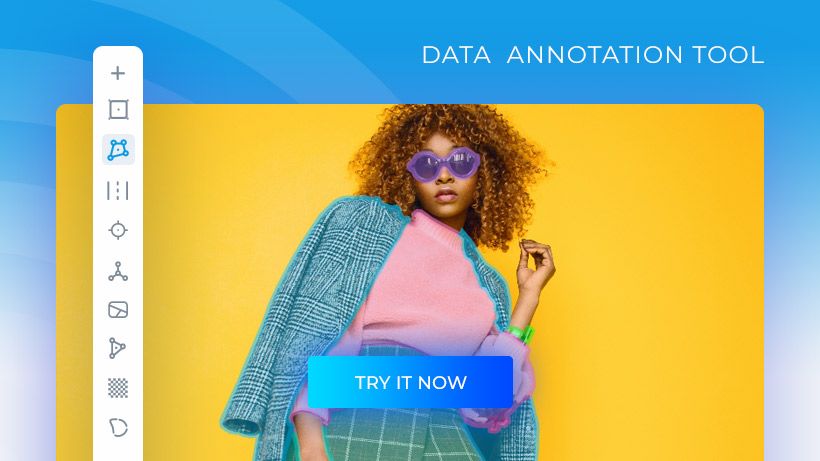3 Steps to Building a Definitive PoC for Your Digital Fashion Project
Finding the right clothes and accessories online can be frustrating. It can often be difficult for customers to know whether a particular item fits or suits them. This can lead to growing dissatisfaction with fashion companies forced to process thousands of returns.
With the decline of brick and mortar retail online fashion shopping is here to stay. As a result, fashion retailers are investing significant resources into improving the online shopping experience. Computer vision based AI models are an emerging part of this effort.
AI models can personalize online fashion shopping by autonomously recognising clothing and accessory objects. Object recognition also makes inventory browsing faster and more convenient.
However, AI teams in this sector still face significant challenges when building their proof of concepts for digital fashion. Today’s blog will look at 3 of the key steps that digital fashion projects need to take before a product can be brought to market.

Step1: Identifying a need
In the world of digital fashion there are a range of potential use cases for AI. The following applications can make finding the right product online easier than trying on items in a store:
- Virtual wardrobes: It can be almost impossible to know how a piece of clothing will fit when shopping online. Human beings come in all shapes and sizes and virtual fashion stores need to reflect this. Virtual wardrobes allow users to experience a frictionless “trying on” experience.
AI models can identify a piece of clothing and then autonomously fit it to an accurate representation of an individual's body. This allows customers to see what any item of clothing will look like on their own body.

- Accessories fitting: Accessories like jewelry and watches are expensive purchases that can be daunting for customers to make online. Virtual accessory fitting features can allow customers to gauge the size and look of an item making them more confident about completing the purchase.

- Online shopping: Inventories for online fashion brands are often intimidatingly large. It can be hard for shoppers to locate items and this can lead to frustration and loss of sales. AI models can identify clothing items and show customers similar products autonomously.

Step 2: Planning your training dataset
The use cases mentioned above need high quality training data in order to function reliably. Development teams need to adopt the right data labeling strategies when building their PoC. Effective options include:
- Polygon annotation: Polygon annotation allows annotators to plot points around an object and connect them with vertices. This type annotation produces labeled items that adhere closely to their real world shape.
- Semantic segmentation: Semantic segmentation assigns each pixel in an image to a class e.g. necklace, bracelet, wristwatch. This technique allows for a more granular understanding of a given image and improves the reliability of the virtual fitting experiences.
- Instance segmentation: This technique identifies each instance of each object appearing in an image, for example, each individual bracelet. This enables the virtual wardrobe to locate multiple, similar objects in one image.
Step 3: Finding the right annotation tool
Precise image annotation leads to higher performing digital fashion AI models. The right image and video annotation tool can make creating powerful datasets a simpler task for busy developers. Keylabs is a platform designed by annotation experts to streamline labeling with innovative features:
- Quick outlining: This function identifies the shape of an object and create a polygon label automatically.
- Flexibility: Keylabs can accommodate all forms of pre-annotation and also allows the integration of custom workflow-automation code.
- Analytics insights: Keylabs workflow system links annotators and verifiers and distributes task between them efficiently.
